
Everything you think about Venice is true, and yet nothing is. Yes, it’s crowded, but step back a block and yours are the only footsteps echoing down an empty calle. And yes, every inch is plastered with world-class art, yet we often forget that Venice’s swaggering buildings and the masterpieces inside them originated as propaganda for the Venetian Republic.
The city may be nicknamed ‘La Serenissima’ but it was not always so serene. There’s an Italian word that defines Venice: sfumatura, meaning shade or nuance. This is a city of never-ending sfumature: from the dark history behind bombastic buildings to the modern exodus of Venetians as their city is suffocated by mass tourism; from the architectural rhapsodies of the centre to the wild north lagoon.
Every hour, the classic Canaletto views shapeshift with the light. Nothing is permanent here. Even for people who live here, like me, Venice is a protean world of its own. For visitors, that can often become frustrating, but see Venice properly and you’ll enter into a dimension that can feel unreal.
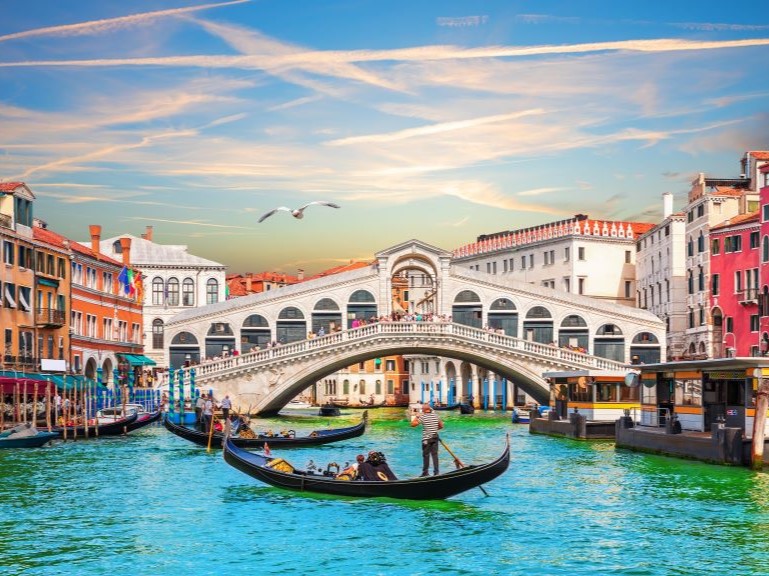
They may be touristy, but this city was built to be seen by gondola, and if you leave the cushions and serenades aside, slipping through the water is a magical experience.
Start at Rialto and you will do a stretch of the Grand Canal, slide under the famous bridge, then enter tiny, boat-free canals, past what are said to be (by the gondoliers at least) the houses of Marco Polo and Casanova.
If the €80 fee is too steep, a traghetto, a communal gondola used as a shuttle to cross the Grand Canal at five points, costs €2. The Punta Dogana crossing has the best views.
Visitors say Venice is crowded but move a block or two away from the main drag anywhere and you’ll find rat runs. The only two places you can’t avoid the scrum are near the Rialto Bridge and at Piazza San Marco. Head to the former before 9am – it’s the best time to see the market below (have breakfast in one of the centuries-old bacari bars around it).
As for the piazza, it’s most atmospheric in the morning before the cafés open, and at night, after the day-trippers have left. At St Mark’s Basilica, pay the €5 supplement to go behind the altar and see the Pala d’Oro, a gold Byzantine altar screen.
Many Venice regulars sniff at the idea of a drink in Piazza San Marco, but what’s good enough for Napoleon (said to have called it the ‘drawing room of Europe’) is good enough for me.
Of the big-hitter historic cafés, try Quadri. Run by the local Alajmo brothers, it has a Michelin-starred restaurant upstairs, superior snacks downstairs. For the Piazza experience but cheaper, you need Aurora. While it lacks the pizzazz of its neighbour Florian, it’s close enough to hear its orchestra.

Venice has never been known for it, but Oke on the Zattere has decent food and views to Giudecca from waterfront tables. For a breakfast croissant and cappuccino, Rosa Salva in Campo Giovanni e Paolo never disappoints.
It’s a 40-minute chug across the lagoon on the vaporetto to Burano, with its pastel-painted houses and the north lagoon – a world where sickle-beaked ibises dance in the air, sunset pink flamingos stalk across the shallow waters, and fishermen’s nets zigzag the depths.
After his early morning shift, fourth-generation fisherman Andrea Rossi takes visitors out on his boat, meandering past abandoned islands, foraging for herbs, and paddling in silence as birds swoop overhead.
For me, Venice’s best museum is the Fondazione Querini Stampalia. The ground floor has a modernist wing and meditative garden designed by 20th-century architect Carlo Scarpa. Upstairs in the gallery, find works including Giovanni Bellini’s Presentation at the Temple.
Nearby is Palazzo Grimani, a semi-abandoned mansion museum and the location for the denouement of that other Venice horror film Don’t Look Now.
Squaring off against St Mark’s, the island of San Giorgio Maggiore is known for its swaggering basilica stuffed full of Tintorettos and its bell tower offering the best views of Venice.
I love the Vatican Chapels – 12 modernist shrines made by some of the world’s greatest architects, in a pine grove on the far edge of the island with views over the southern lagoon.
A music-filled audio guide turns it into a walking meditation; book the package which includes an aperitivo at the San Giorgio Café and ditch the spritz for a cocktail laced with lagoon herbs.

Saga's Grand Tour of Italy is a two-week tour that starts in Venice and heads south taking in Florence, Rome, Pompeii and all the other iconic Italian destinations before finishing in Sicily.
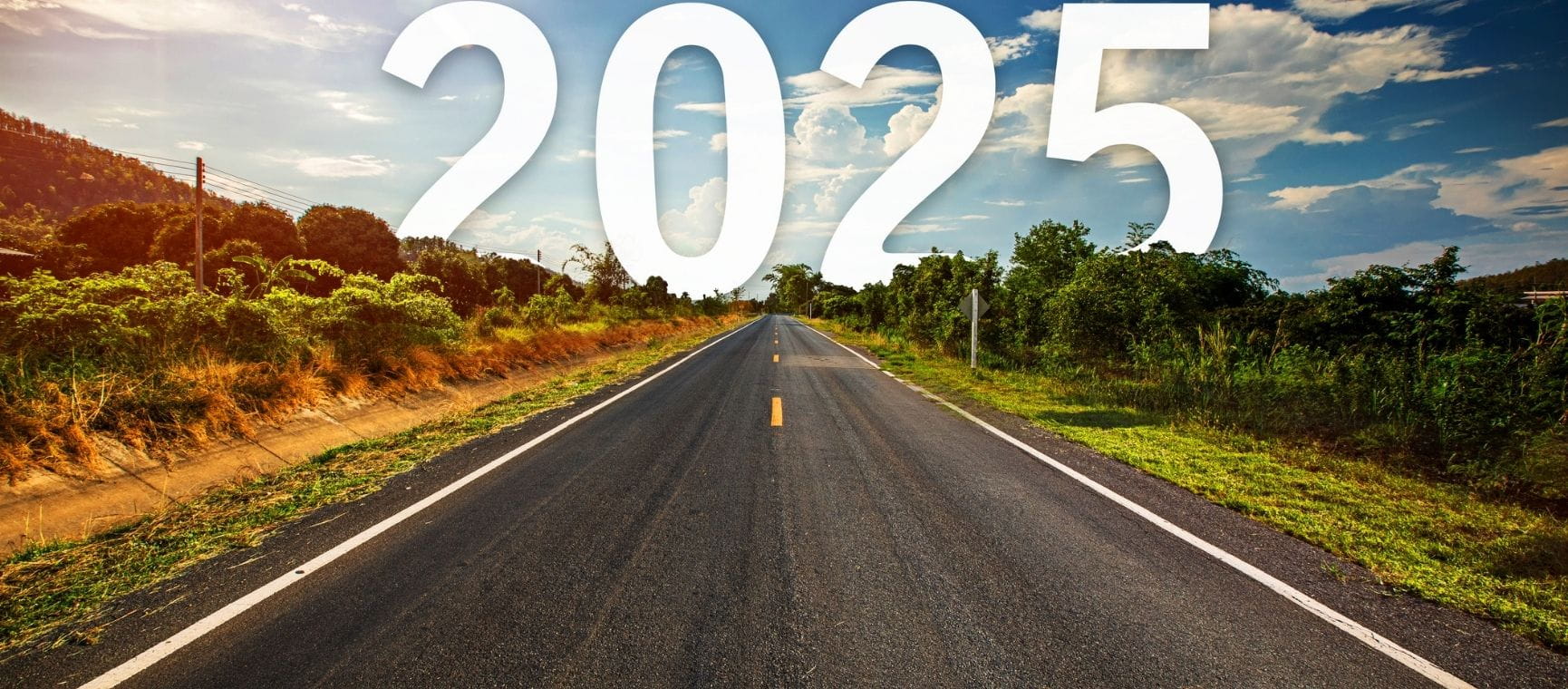
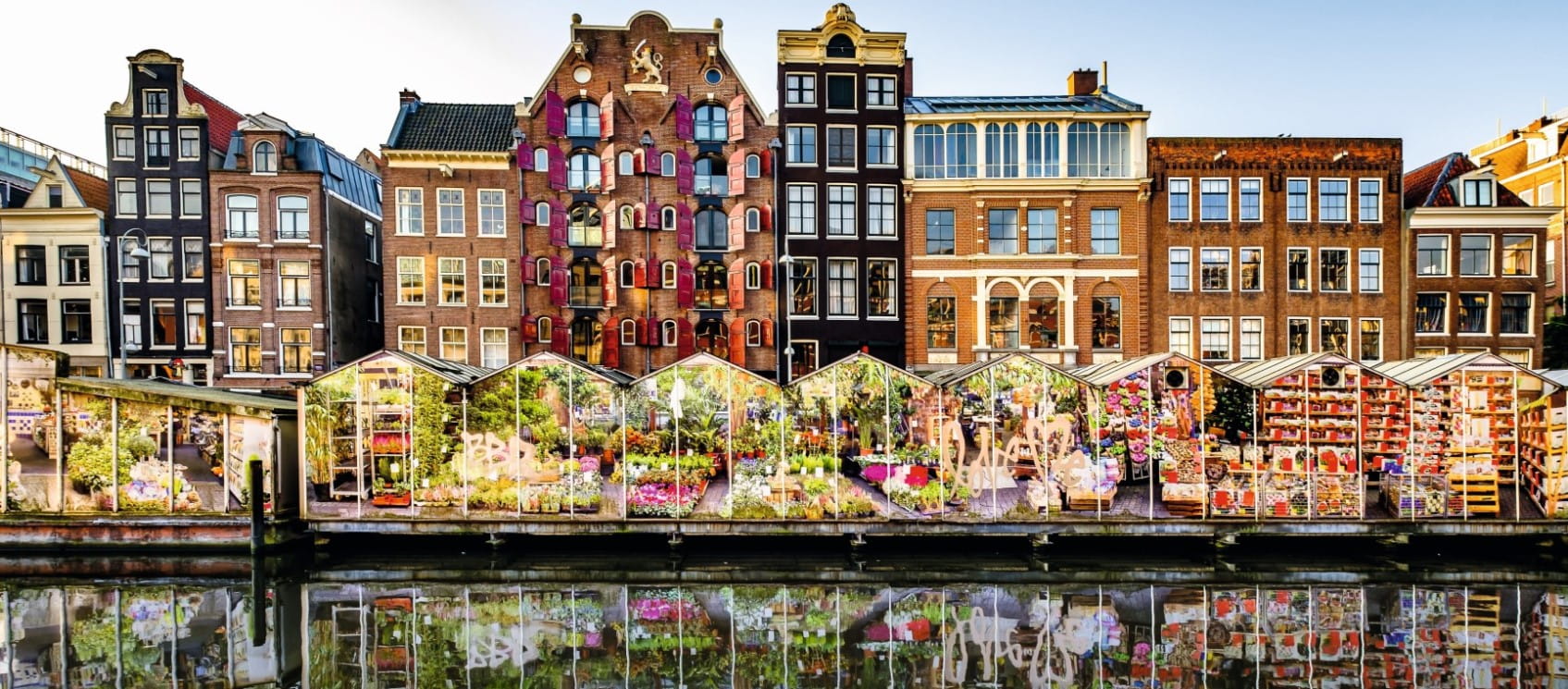
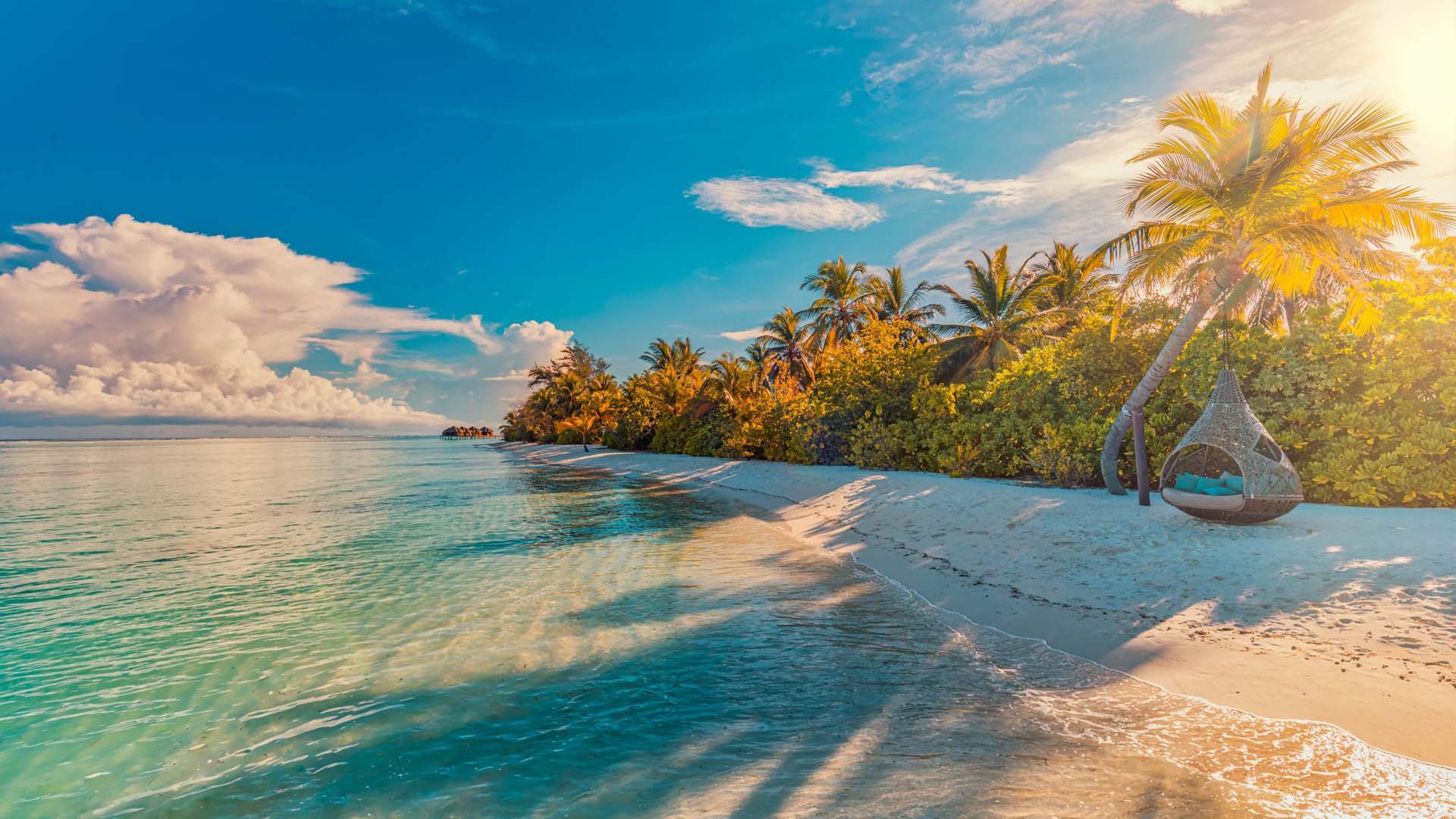
Whether your perfect beach holiday is just sun, sea and sand, or if you like a bit of sightseeing, shopping or snorkelling thrown in, one of these might be your ideal destination.
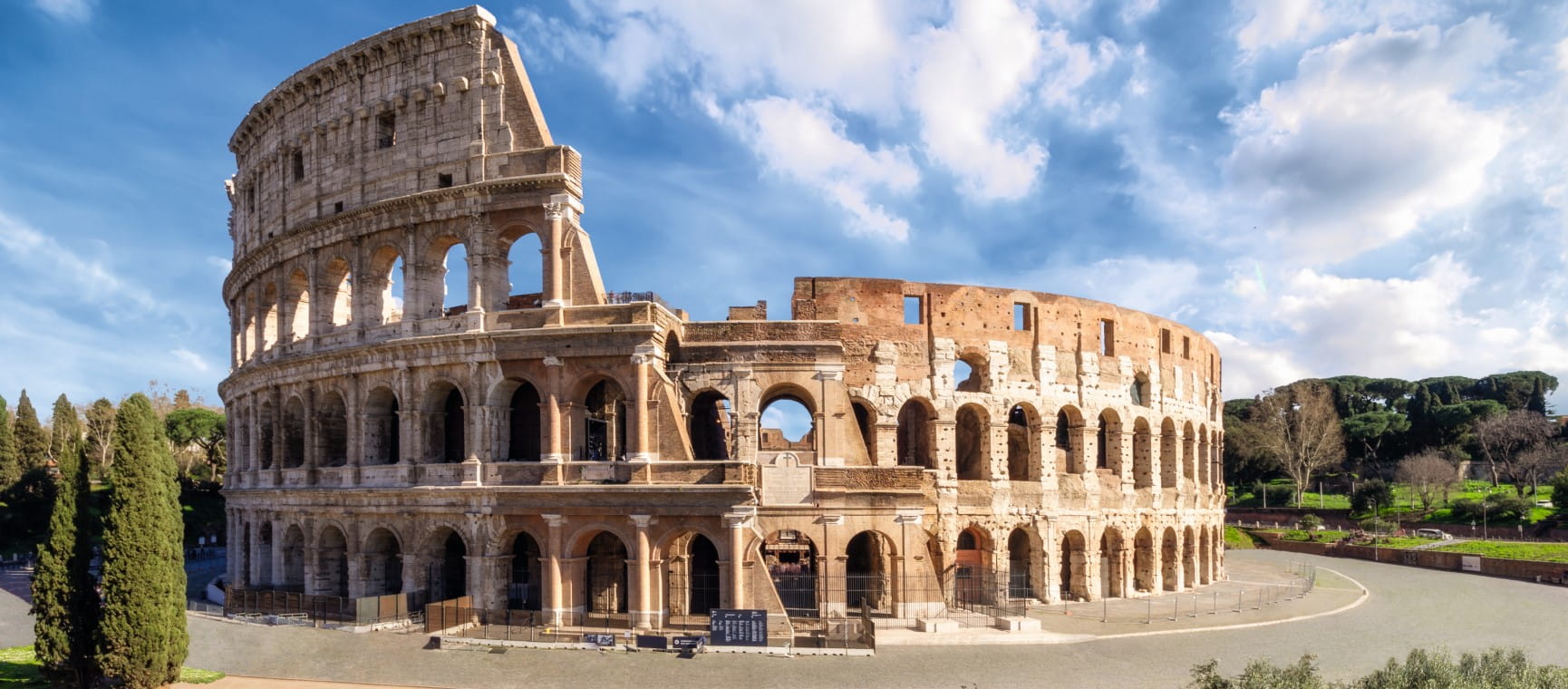
Jetting off to Italy’s ‘Eternal City’? We reveal the best places to visit in Rome, from ancient temples to al fresco dining with a view.
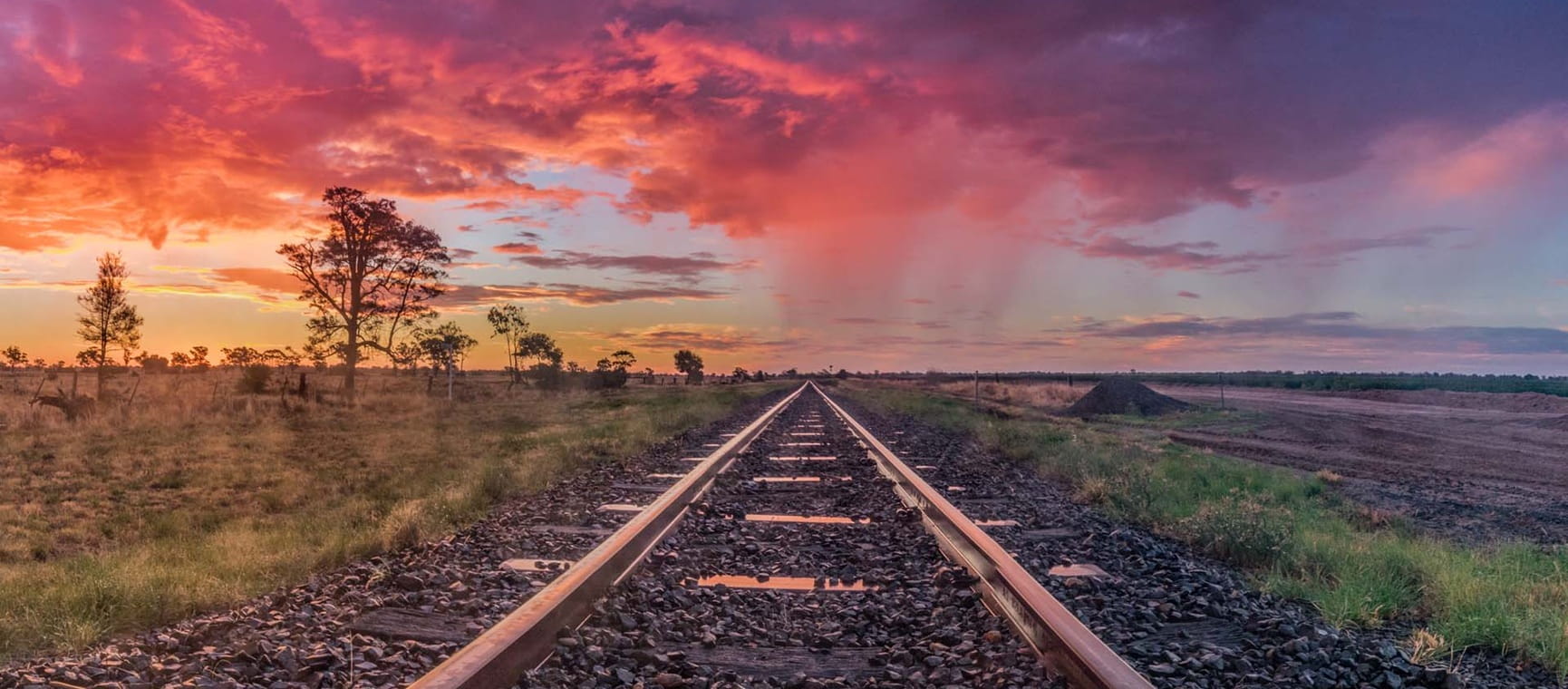

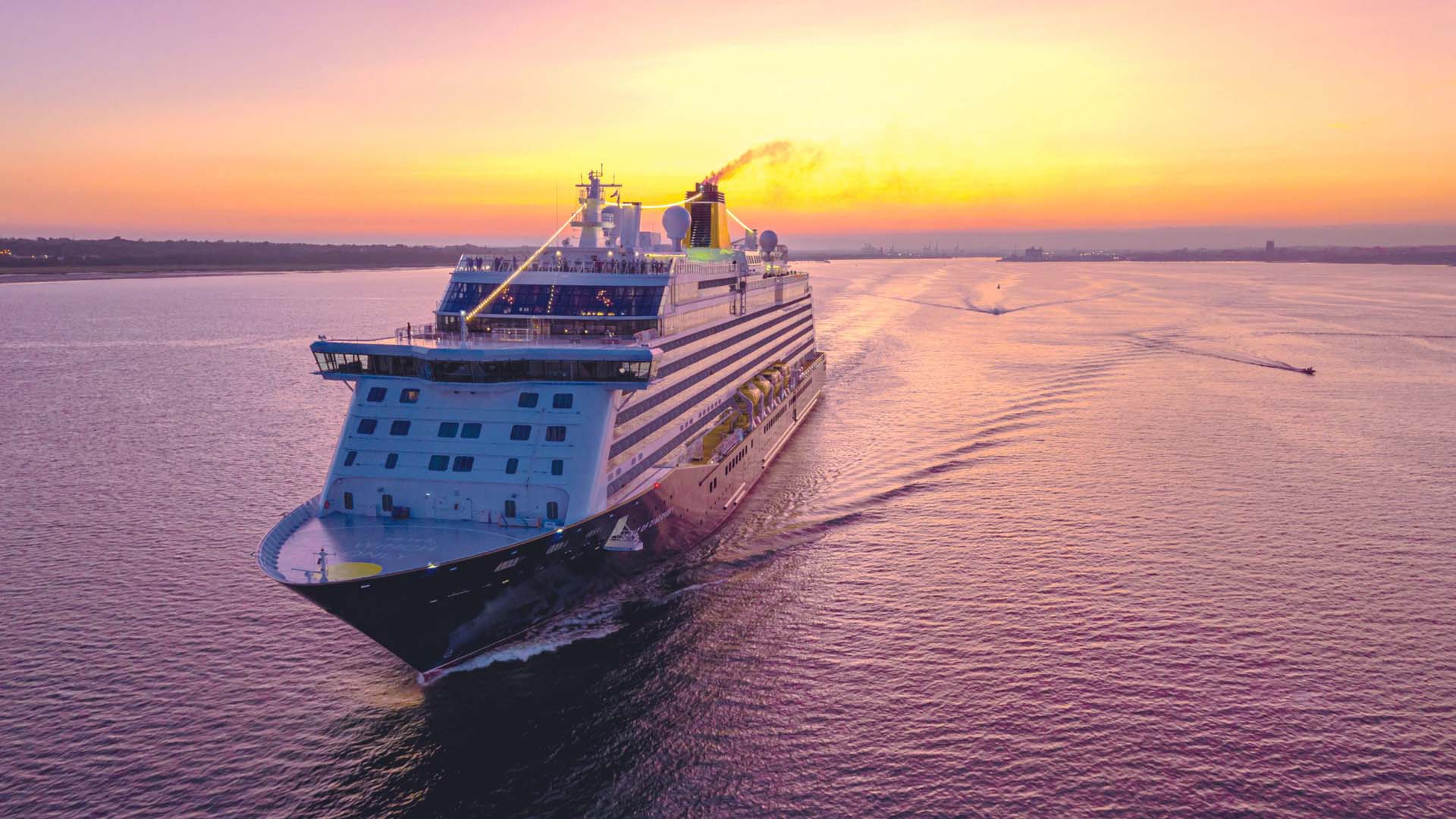
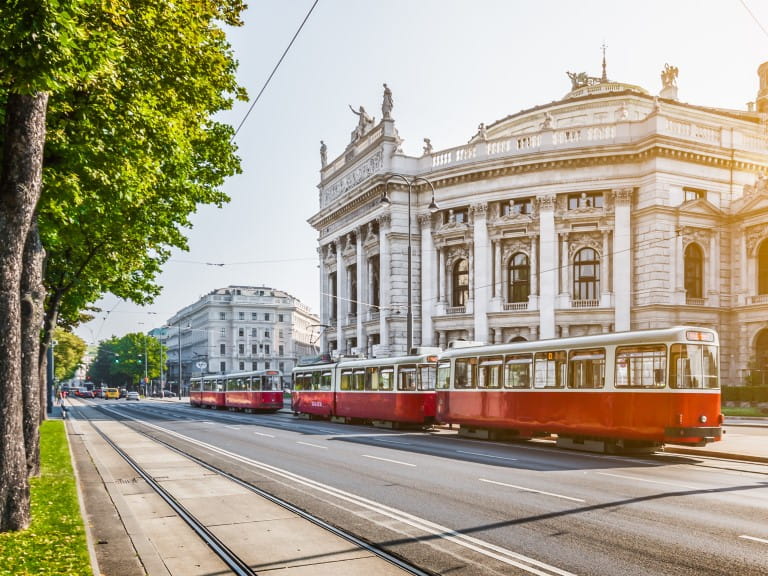

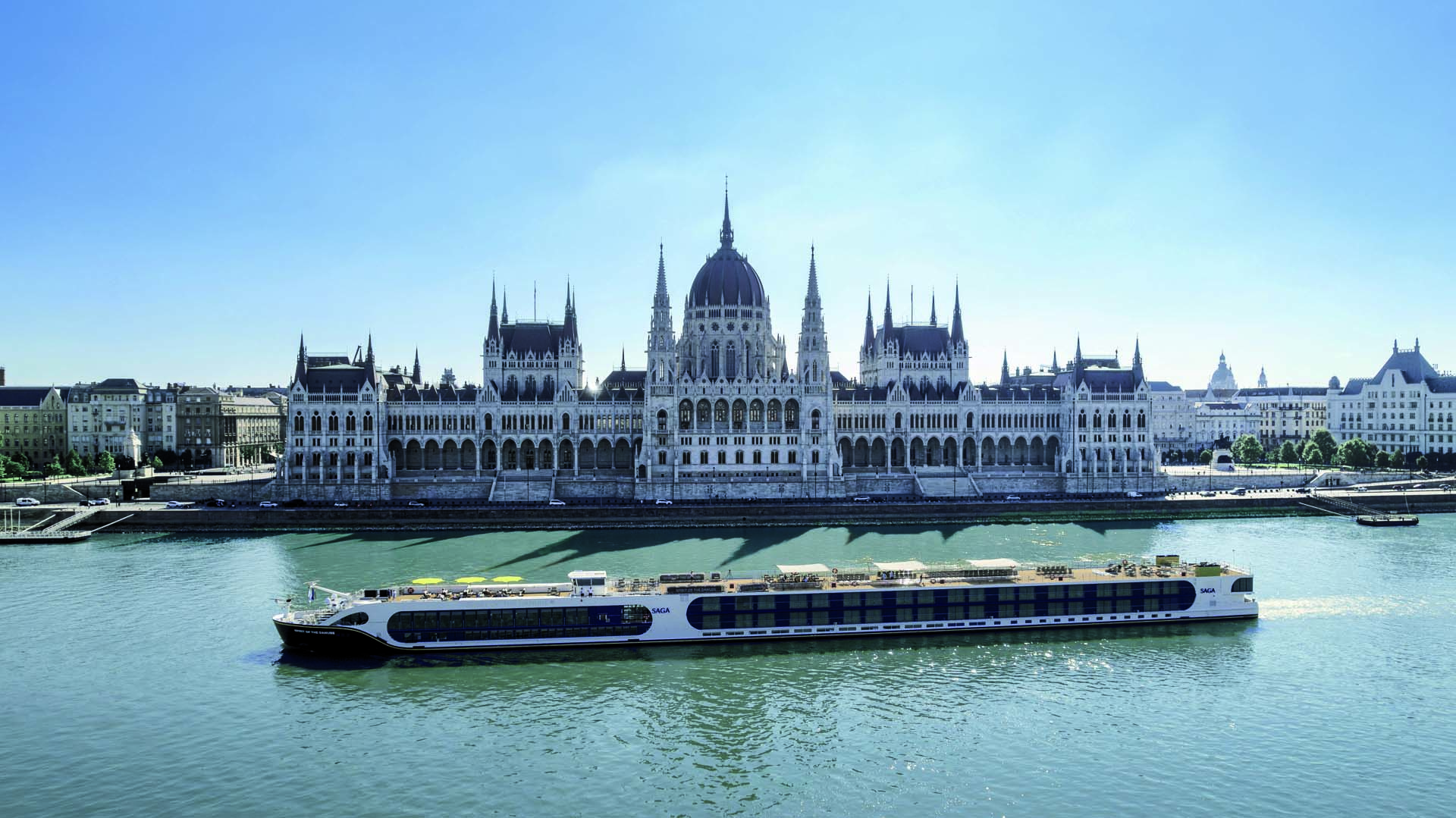
A different destination every day - why a river cruise could be your perfect summer holiday.
